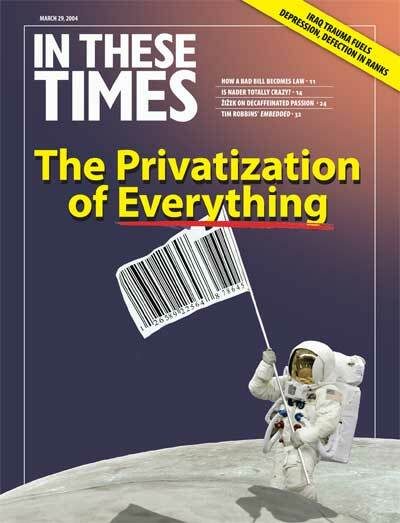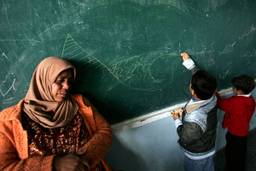Imagine a domestic terrorist cell loose in a city that’s already murdered a few people. The intelligence agency claims that members of the black community are harboring them, and their victims are almost always white. Since the city is more or less segregated, the police commissioner erects a 25-foot concrete wall around black neighborhoods. All access to and from each neighborhood is blocked, except a single gate open 7 a.m. -9 a.m. and then again 5 p.m. -7 p.m. Special permits to pass through are distributed to a select few.
The black population is outraged. Their leaders protest the siege and sue the police. In their petition to the court they argue that the commissioner’s reaction constitutes a form of collective punishment informed by racism. Thousands of innocent men and women cannot reach work, their children cannot attend school and hospitals are out of bounds. “Our life has become unbearable,” they say.
A trial date is set, but a few days before the police commissioner notifies the public that he is unwilling to show up in court. He summons a press conference and tells reporters that this is a security issue, not a legal one.
This story represents Israeli and Palestinian positions regarding the barrier argued February 23-25 at The Hague.
Israel is unwilling to recognize the legitimacy of the International Court of Justice and argues that although the wall may lead to inconveniences, one cannot compare a bit of discomfort with the deaths of innocent lives. Security for its citizens, the Israeli government argues, is more important.
To make its point, Israel brought a shattered bus — the remains of a bloody suicide attack — to The Hague. Parents whose children have been murdered were flown in, as were an entourage of university students. Their goal was to present Israel’s position, summed up in four words: We are the victims.
The Palestinian delegation, on the other hand, filed a well-documented petition against the wall, claiming that Israel is using terrorist attacks as pretence to strangle a whole population. Israel’s true goal, they argue, is to undermine the Palestinian infrastructure of existence and to undercut the possibility of creating a viable Palestinian state. The wall for them is a catastrophe, a weapon of dispossession, expropriation and expulsion whose major target is the civilian population. Not unlike terrorists, it makes no distinction between civilians and combatants.
Israel’s campaign is informed by two major fallacies. First, it conveniently ignores the fact that the wall is not being built on the 1949 Green Line border (the internationally recognized one), but rather deep inside Palestinian territory. Why cut through towns and villages, destroy and confiscate fields and olive groves, separate farmers and their lands and the sick from hospitals if security is the objective? If security indeed were the goal, wouldn’t it be more logical to erect the wall between Israel and the West Bank, not inside the West Bank?
Second, Israel, like every other country, has the right and the obligation to defend its citizens. But the Israeli government isn’t failing to protect its citizenry because it isn’t building the wall fast enough, as Israel’s Foreign Minister claimed after the most recent suicide bombing. Nor can blame be put on the military, which is by far the most powerful one in the Middle East.
Israeli citizens are not safe because the government continues its 37-year-old occupation and oppression of another people. The only way Israelis and Palestinians will ever be safe is if Israel ends the occupation this separation wall perpetuates by confiscating more and more land.
Like the imaginary wall built in the midst of a city to protect it from terrorists, the real wall being built in the West Bank and East Jerusalem is both immoral and impractical. It is, accordingly, inimical to Israel’s own interests. Paradoxically, then, if the International Court of Justice rules in favor of the Palestinians, it also will be ruling in Israel’s interests, for it is in Israel’s long-term and therefore true interests that the Court find it guilty.







